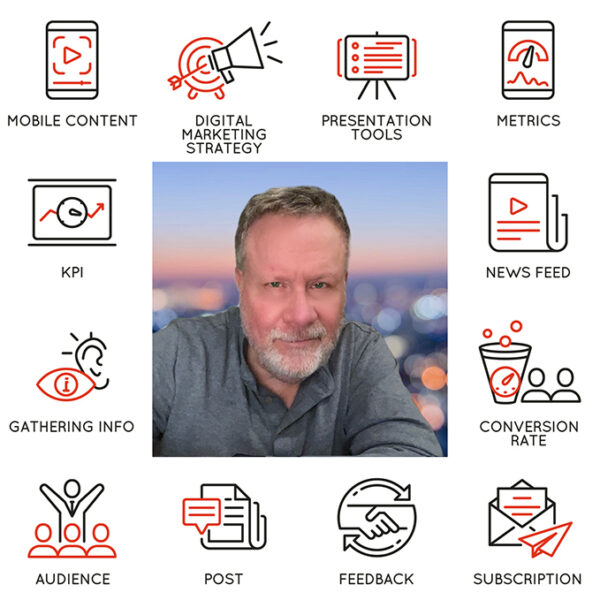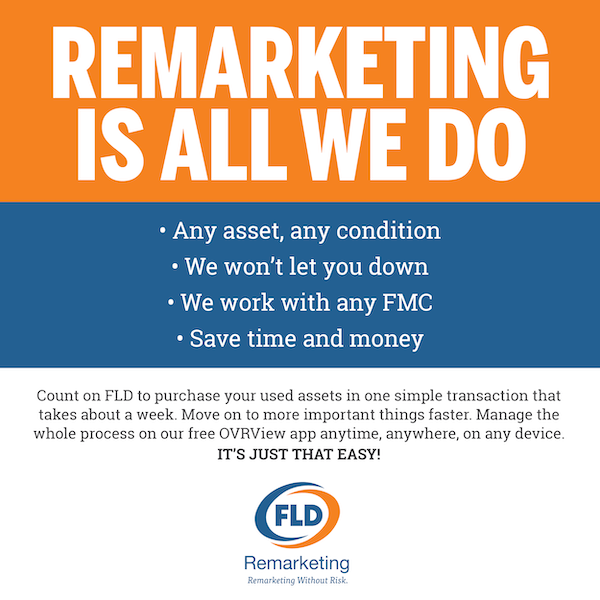
By Ed Pierce, Fleet Industry Marketing Consultant
A smart content management strategy is absolutely necessary for fleet providers’ marketing teams, not only to manage the huge volume of your data efficiently but also to allow informed decision-making.
Let’s look at a content management strategy in detail:
While to develop an effective marketing content strategy, you must first identify your audience personas. You must also define your content goals and measure the effectiveness of your content. Let’s look at how to develop a content strategy and adapt it to different platforms. These tips will help you create content that will help you reach your goals. You can also find out about the different types of content you can use, including video, audio, images, and text.
Developing Audience Personas
Developing audience personas can help you identify your target audience and determine the content you should write for them. While the term “target audience” refers to the group of people you’re trying to reach, audience personas are much more specific. They represent a specific individual, which can help you focus your content on the most relevant aspects of that group.
Here are some tips to help you define personas:
A good audience persona starts with research, such as surveys, data analysis, and feedback. Social data can be used to gain a better understanding of your target audience. For instance, you can look up demographic data on your followers with social media analytics tools.
Available social analytics programs can give you a comprehensive audience analysis based on your social presence across various platforms. Once you have a good idea of what your audience wants and needs, you can begin constructing your persona.
Developing audience personas is an essential part of any marketing content strategy. They will help you develop content that is relevant to each persona. A good persona includes the name of the person, their age, and their interests. They also have power to make decisions and are more likely to take action.
This will help you write content to meet their needs and reach your goals. In addition to developing audience personas, you’ll be more focused when writing content and promoting it to your audience.
By carefully analyzing the needs and behaviors of your audience, you can create content that best meets their needs. It’s important to address the needs and wants of both men and women. The persona is a realistic representation of a typical buyer. Through research, the traits of a persona are determined, including age, education, experience level, and familiarity with a particular brand. Then, you can create content that will meet the needs of the persona and drive sales.
Defining Content Goals
 Defining content goals is essential to any successful marketing content strategy. Whether your content is written for marketing purposes or for branding purposes, these goals will help you determine the types of content to produce, orientations, and even clothing to wear.
Defining content goals is essential to any successful marketing content strategy. Whether your content is written for marketing purposes or for branding purposes, these goals will help you determine the types of content to produce, orientations, and even clothing to wear.
To ensure that your content is on brand and your audience is happy with it, you should define the goals before you begin the content lifecycle process.
Here are some tips on defining your goals.
Sales enablement: Developing content that helps customers learn about your product or service will help your support team handle customer complaints. This type of content should help prospects overcome common objections and build a case for purchase. You should also create content that helps you educate prospects before they engage with your sales team. Remember to address common objections and educate prospects before you dive into the sales process.
Here’s an example. Determining the goals of your content will help you collaborate effectively with your team. If everyone on the team is aligned, it will be easier to work together. For example, everyone on the content marketing team may be interested in retaining existing customers.
This is great for the content team! They can approve ideas that help existing customers. You can also use content collaboration features to speed up publishing. In addition, you can also incorporate the goals of your target audience into your content strategy.
When creating your marketing content strategy, define your content’s goal and structure. This includes mapping messages to content and creating detailed page tables. In addition to writing the content itself, make sure your marketing team is also working closely with the sales and customer service teams to produce a successful marketing content strategy. This way, everyone can benefit from the results. It’s important to make sure that your content strategy aligns with the goals of the entire company.
Measuring the Impact of the Content Strategy
If you want to increase sales or build your brand, you must know how to measure the impact of your content strategy. Content marketing can be done in several ways, but the most important metric is website traffic, which enables conversions and engagement.
Your website is a key part of your digital marketing strategy and is where your target audience can obtain the most relevant information about your products or services. However, gauging your content strategy’s success based on website traffic alone will not show you the real impact of your content. Depending on the content form, you can track how many people actually download your content. A simple way to track your content’s success is to use Google Analytics.
After defining the metrics you want to track, you’ll need to decide how often you want to collect data and monitor them. At least once per week is a good starting point. For example, if you want to measure the impact of a single piece of content on a website, you should measure traffic to the page every week. If traffic is high, you’re doing something right. But if the bounce rate is high, it’s time to make a change.
In order to measure the success of your content marketing strategy, you must understand the objectives and business KPIs. In some cases, your content strategy may be a great way to increase traffic, engage your target audience, and generate revenue. However, sales may not directly relate to the value of the content itself. Ultimately, you need to understand how to measure the impact of your content strategy in order to know whether your content strategy is truly working.
Feel free to call me at 484-957-1246 or send an email to me at [email protected] to share your experiences, ideas, and other comments about fleet marketing.




